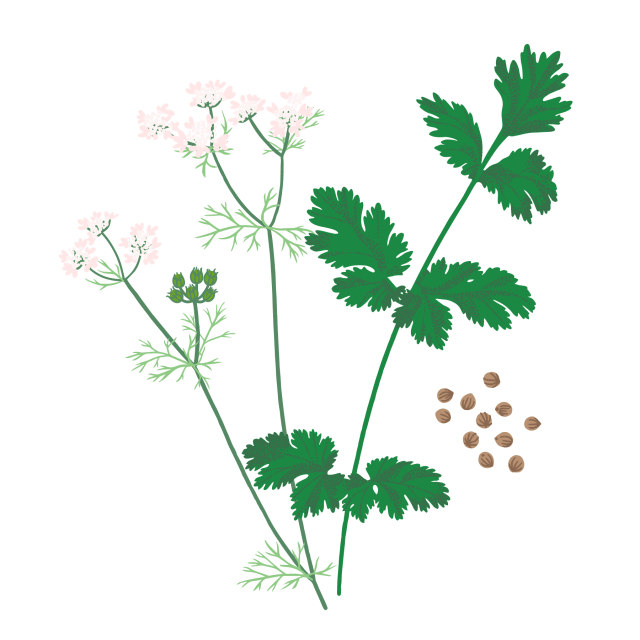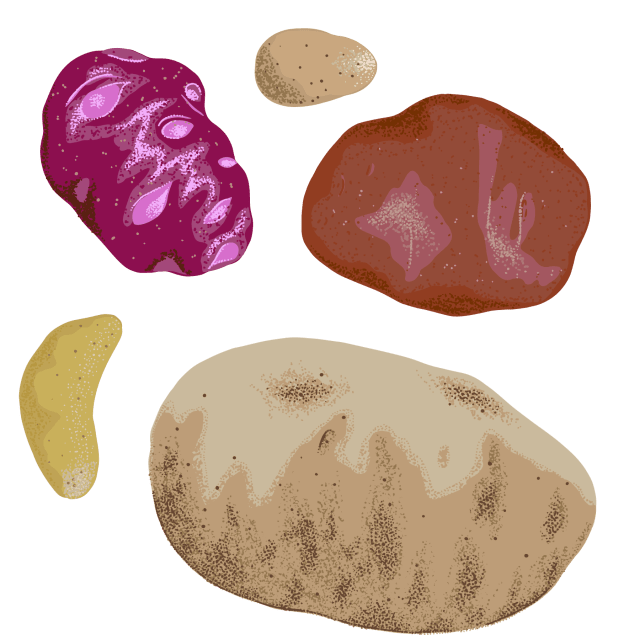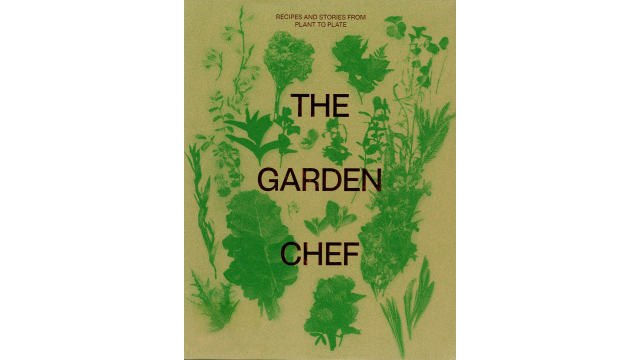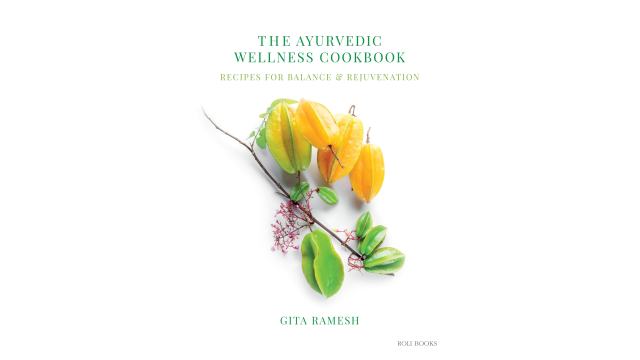Chive
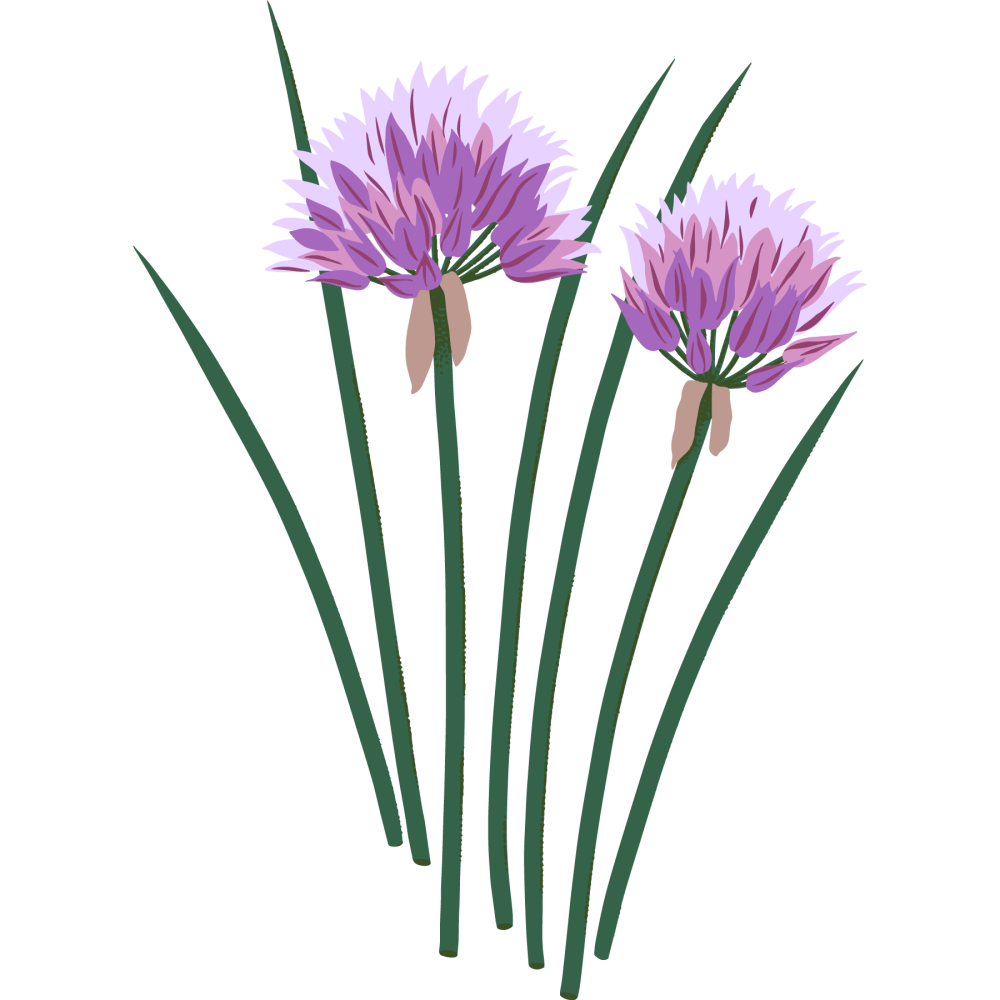
Latin name: Allium schoenoprasum
Uses: herb
What are chives?
Chives are alliums, like garlic, onions, shallots, leeks, and scallions. Their Latin name means “rush leek”—not a nod to their speedy growth, but to their leaves’ resemblance to those of rushes. Don’t confuse them with Chinese or garlic chives, which have flat leaves and a much more intense garlic flavor, but you can use them pretty much the same way.
Why are chives healthy?
As alliums, chives contain allicin, a powerful organosulfur known to help lower cholesterol and blood pressure. Though chives are most often chopped and used as a garnish, even that little pinch is a source of antioxidants that can help reduce inflammation.
What do chives taste like?
Chives taste like a milder, sweeter, and grassier onion, having a green brightness without the bite or heat of an onion bulb. The edible flowers are even more delicate, with a hint of sweetly onion-flavored nectar.
How do I use chives?
A sprinkle of finely minced chives makes every dish a little sexier. Definitely use chive blossoms, too — they make everything more delicious and infinitely more Instagrammable. Stuff them into bottles of vinegar, sprinkle them on salads, pizza, and pasta, or puree them with pea shoots and pistachios for a springtime-y pesto.
What do chives pair well with?
Chives have a talent for enhancing creamy, fatty, and starchy dishes — stir minced chives into crème fraîche or farmer cheeses, then use this for filling dumplings, dolloping onto butter-basted new potatoes, or smearing on blini (often seen with a sprinkle of caviar). They also pair beautifully with dill and chervil. You can add them to pretty much any Northern or Eastern European dish, and they’re a necessary component of French fines herbes.
Where do chives grow?
Chives grow throughout the temperate regions of the Northern Hemisphere. They make an attractive border planting and grow well in rock gardens; they can also help deter Japanese beetles and other garden pests. Like other members of their genus, chives are susceptible to onion aphids.
How to buy chives:
Look for a vivid dark green color and no wilting or browning ends. They’re super easy to grow almost anywhere, so consider planting some!
Fun chive fact:
One early spring day in 1806, Lewis and Clark observed a species of small wild onion growing on the mossy rocks along the Columbia River and noted in their journals “they resemble the chives of our gardens … [and] they are quite as agreeably flavored as the chives.” It was, in fact, the very same plant — chives are the only onion species native to both Eurasia and the Americas.

